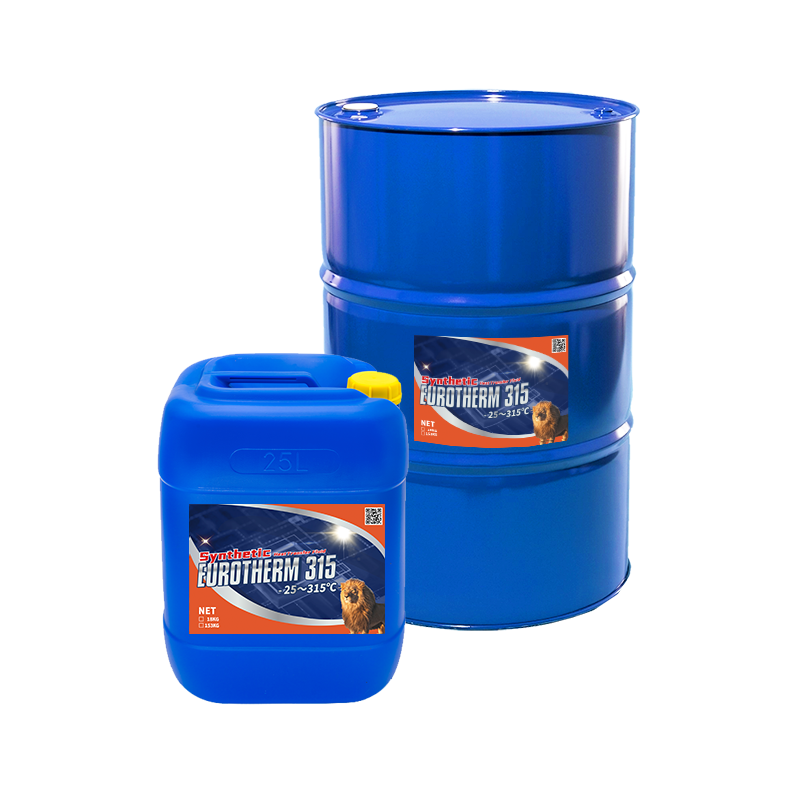The 5-Second Trick For Chemie
Top Guidelines Of Chemie
Table of ContentsThe Buzz on ChemieAll About ChemieThe Single Strategy To Use For ChemieFacts About Chemie RevealedFacts About Chemie UncoveredThe smart Trick of Chemie That Nobody is Talking About
By Bojanna Shantheyanda, Sreya Dutta, Kevin Coscia and David SchiemerDynalene, Inc. Liquid cooling, which can be accomplished making use of indirect or direct methods, is made use of in electronics applications having thermal power thickness that may exceed secure dissipation via air cooling. Indirect liquid air conditioning is where warmth dissipating digital elements are physically divided from the fluid coolant, whereas in instance of direct cooling, the elements remain in direct call with the coolant.In indirect air conditioning applications the electric conductivity can be vital if there are leaks and/or spillage of the fluids onto the electronic devices. In the indirect cooling applications where water based fluids with corrosion preventions are normally made use of, the electric conductivity of the liquid coolant generally depends on the ion focus in the fluid stream.
The boost in the ion focus in a closed loop fluid stream might take place because of ion leaching from metals and nonmetal parts that the coolant liquid is in call with. Throughout procedure, the electrical conductivity of the fluid may boost to a degree which could be hazardous for the cooling system.
The Basic Principles Of Chemie
(https://www.huntingnet.com/forum/members/chemie999.html)They are grain like polymers that can trading ions with ions in a service that it touches with. In the existing job, ion leaching tests were carried out with numerous metals and polymers in both ultrapure deionized (DI) water, i.e. water which is dealt with to the highest levels of pureness, and reduced electrical conductive ethylene glycol/water mix, with the determined modification in conductivity reported with time.
The samples were enabled to equilibrate at room temperature level for 2 days prior to videotaping the preliminary electric conductivity. In all tests reported in this research study fluid electrical conductivity was gauged to a precision of 1% utilizing an Oakton disadvantage 510/CON 6 collection meter which was calibrated before each dimension.
The Ultimate Guide To Chemie
from the wall heating coils to the facility of the heating system. The PTFE sample containers were positioned in the heating system when consistent state temperatures were gotten to. The examination configuration was eliminated from the heating system every 168 hours (seven days), cooled down to area temperature level with the electrical conductivity of the liquid measured.
The electrical conductivity of the fluid sample was kept track of for an overall of 5000 hours (208 days). Schematic of the indirect closed loop cooling experiment set up. Elements utilized in the indirect closed loop cooling down experiment that are in contact with the fluid coolant.

How Chemie can Save You Time, Stress, and Money.
The modification in fluid electrical conductivity was kept track of for 136 hours. The fluid from the system was accumulated and stored.

0.1 g of Dowex material was included in 100g of liquid examples that was absorbed a separate container. The mixture was stirred and alter in the electrical conductivity at area temperature level was gauged every hour. The gauged change in the electrical conductivity of the UP-H2O and EG-LC test liquids containing polymer or steel when immersed for 5,000 hours at 80C is revealed Figure 3.
Not known Details About Chemie
Ion leaching experiment: Calculated modification in electrical conductivity of water and EG-LC coolants including either polymer or steel samples when submersed for 5,000 hours at 80C. The outcomes indicate that steels added less ions right into the liquids than plastics in both UP-H2O and EG-LC based coolants.
Fluids consisting of polypropylene and HDPE exhibited the lowest electrical conductivity adjustments. This might be because of the short, rigid, straight chains which are less likely to add ions than longer branched chains with weaker intermolecular pressures. Silicone also performed well in both examination liquids, as polysiloxanes are generally chemically inert as a result of the high bond energy of the silicon-oxygen bond which would certainly avoid deterioration of the material right into the fluid.
How Chemie can Save You Time, Stress, and Money.
It would certainly be anticipated that PVC would certainly generate comparable outcomes to those of PTFE and HDPE based upon the similar chemical frameworks of the products, nevertheless there might be other contaminations existing in the PVC, such as plasticizers, that may impact the electric conductivity of the fluid - immersion cooling liquid. Additionally, chloride teams in PVC can likewise leach right into the examination liquid and can create a rise in electrical conductivity
Buna-N rubber and polyurethane showed signs of destruction and thermal decay which recommends that their possible utility as a gasket or glue product at higher temperatures might cause application problems. Polyurethane entirely degenerated into the examination fluid by the end of 5000 hour examination. Number 4. Prior to and after images of metal and polymer examples submersed for 5,000 hours at 80C in the ion leaching experiment.
Calculated modification in the electric conductivity of UP-H2O coolant as a feature of time with and without material cartridge in the closed indirect cooling loop experiment. The determined adjustment in electric conductivity of the UP-H2O for 136 hours with and without ion exchange material in the loop is received Figure 5.